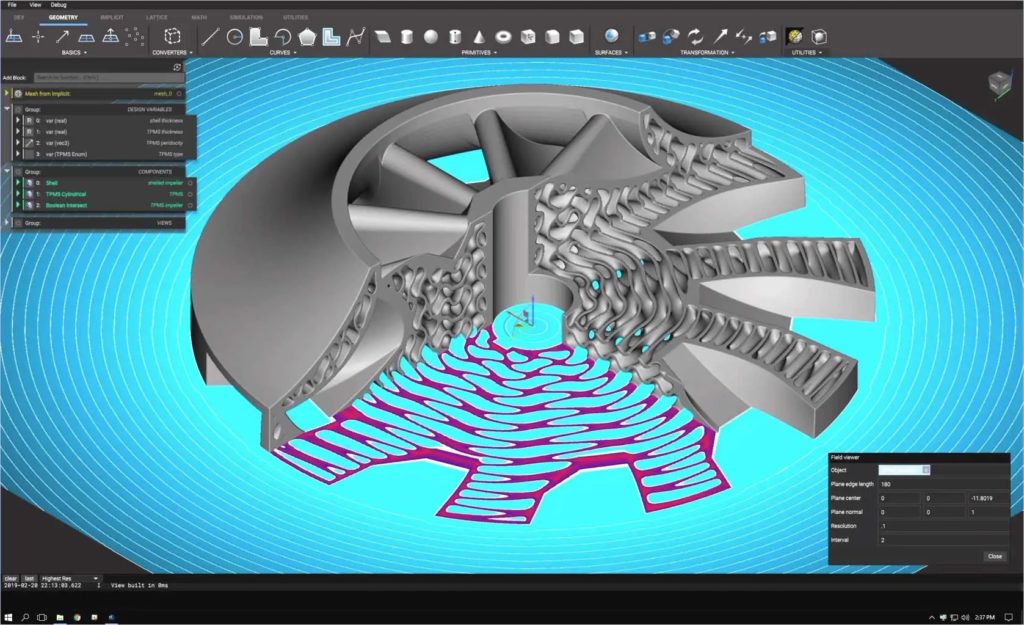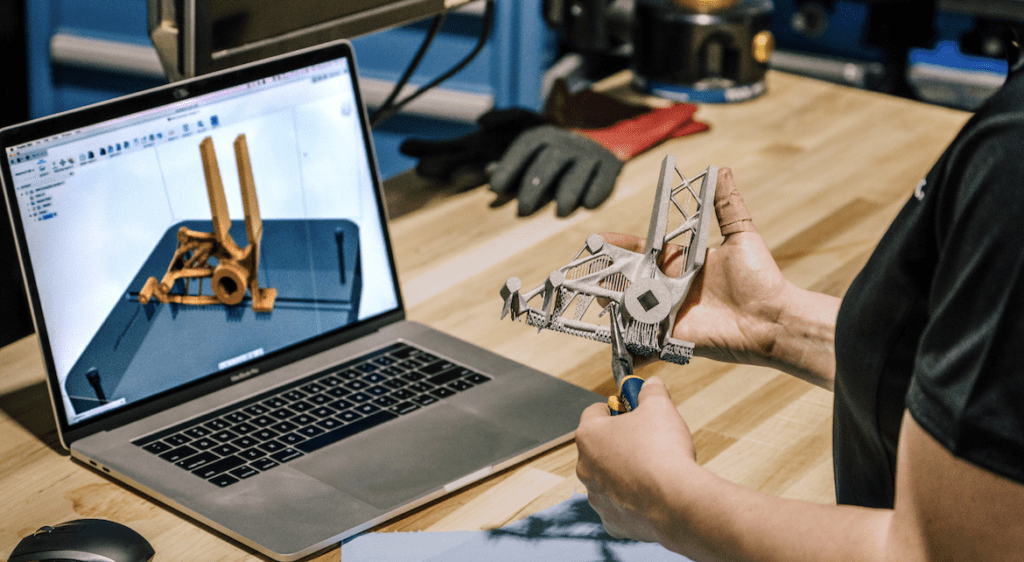Generative design is a powerful technique used in 3D printing that allows you to create complex and intricate designs with ease. This method involves using algorithms to create a design based on specific input criteria, such as material properties or manufacturing constraints. With generative design, you can quickly create designs that are optimized for 3D printing and meet your specific needs.

One of the key benefits of generative design is that it can save you time and money. Traditional design methods involve creating a design from scratch, which can be a time-consuming process. However, with generative design, you can quickly generate multiple design options and select the best one for your project. This can help you to reduce the amount of time you spend on design and improve the overall efficiency of your 3D printing process.
Another benefit of generative design is that it can lead to more efficient and effective designs. By inputting specific criteria into the algorithm, you can ensure that your design meets your specific requirements, such as strength or weight. This can lead to designs that are optimized for performance and can help you to achieve better results with your 3D printing projects.

When it comes to education, generative design can be an excellent tool for students to learn about 3D printing and design. By using generative design tools, students can quickly create complex designs and explore the possibilities of 3D printing. This can help to foster creativity and innovation, as well as build important skills such as problem-solving and critical thinking.
To get started with generative design in 3D printing, there are a few key steps to follow. First, you will need to choose a generative design tool that is compatible with your 3D printer. There are many different tools available, so it is important to choose one that meets your specific needs.
Next, you will need to input your design criteria into the generative design tool. This may include information such as material properties, manufacturing constraints, or performance requirements. Once you have inputted your criteria, the algorithm will generate multiple design options for you to choose from.
Finally, you will need to select the best design option and prepare it for 3D printing. This may involve adjusting the design for optimal printing, such as adding supports or adjusting the orientation. Once you have prepared your design, you can then send it to your 3D printer and start the printing process.

Overall, generative design is a powerful tool for anyone interested in 3D printing and design. By using this technique, you can quickly create complex and optimized designs that meet your specific requirements. Whether you are a student or a professional, generative design can help you to improve the efficiency and effectiveness of your 3D printing projects.
3D APAC Pty Ltd Copyright © 2023. All rights reserved